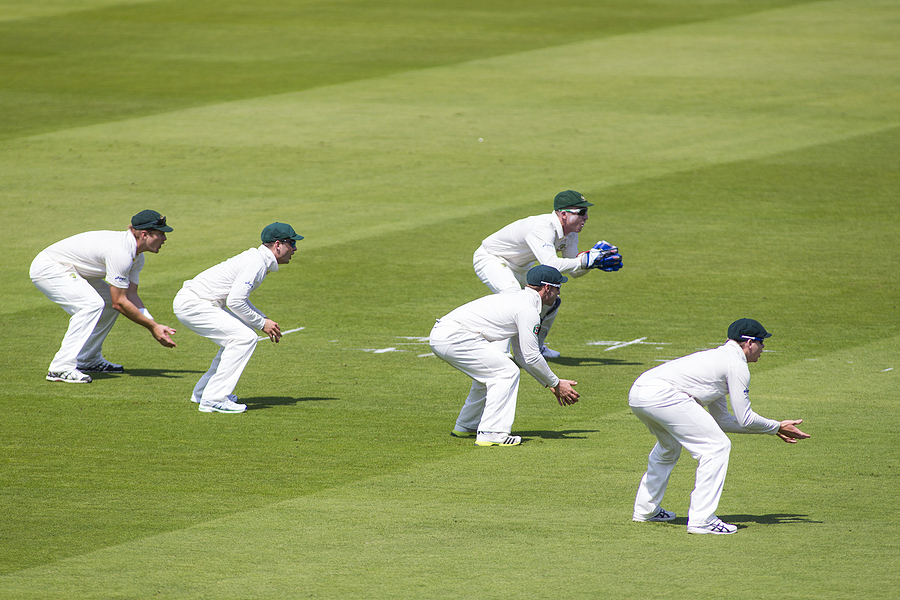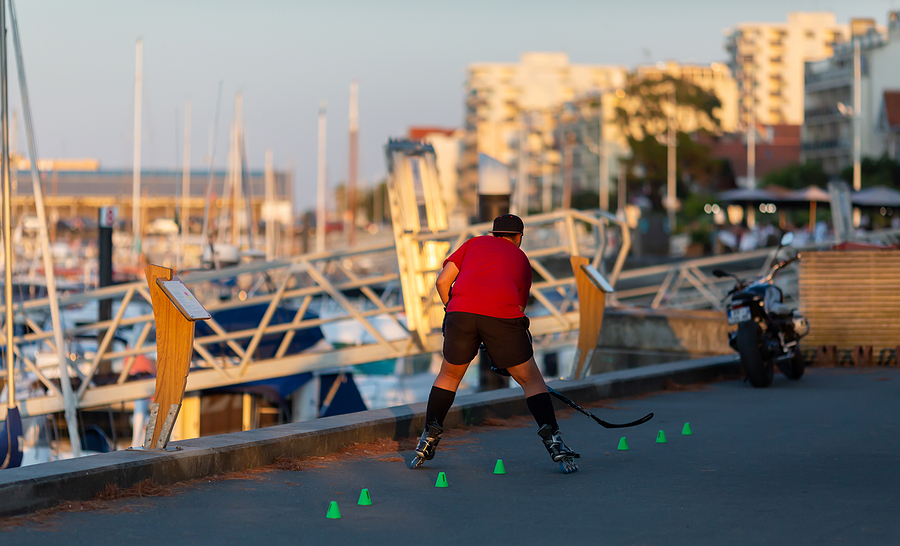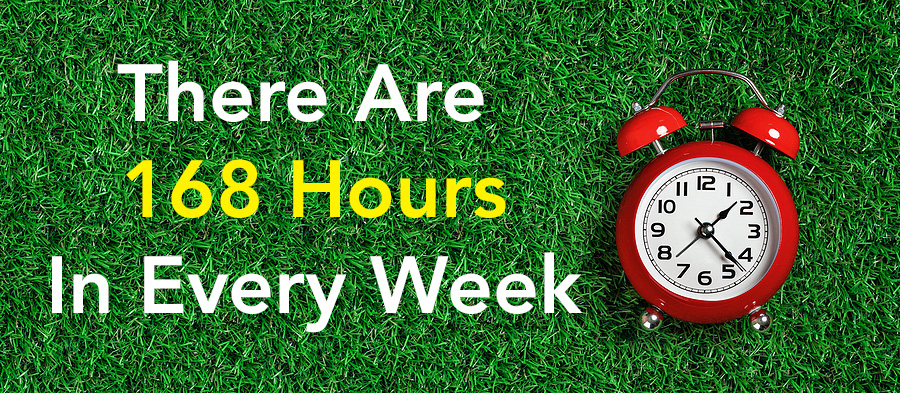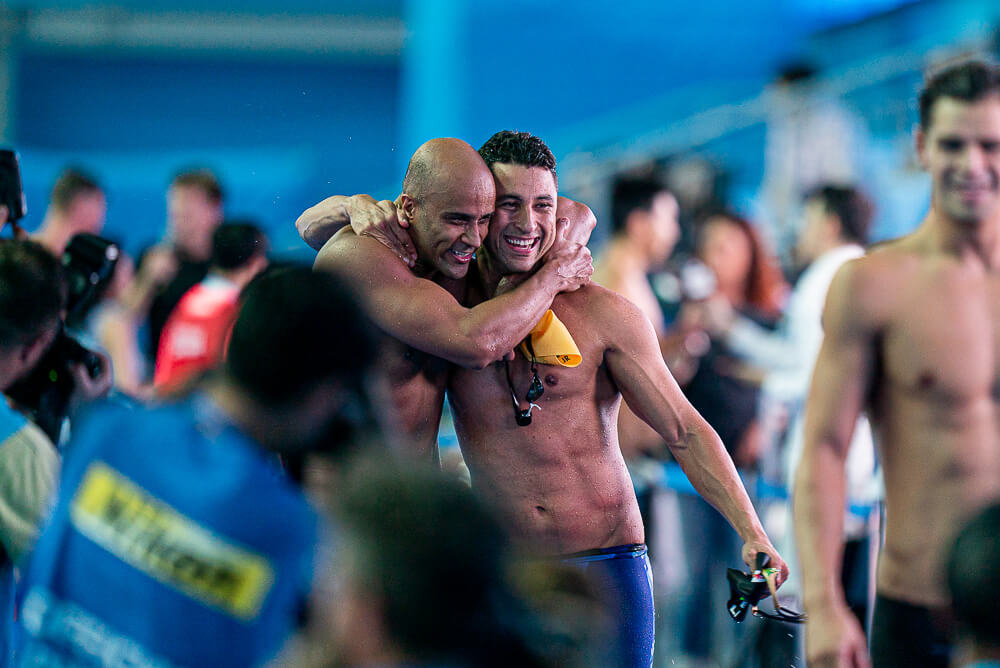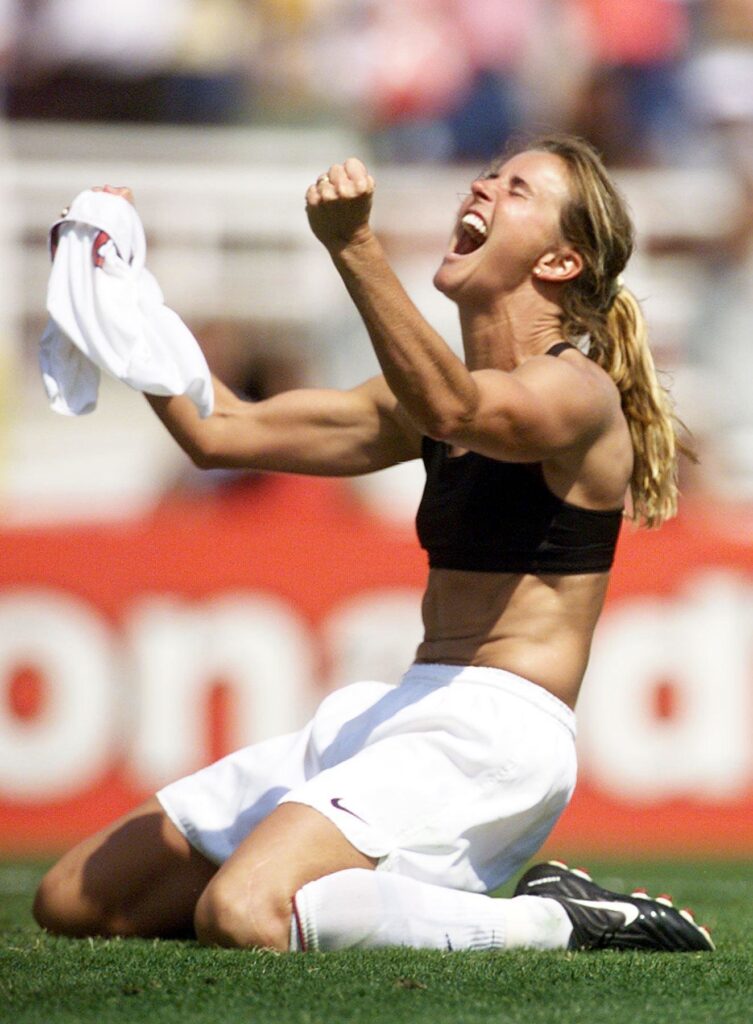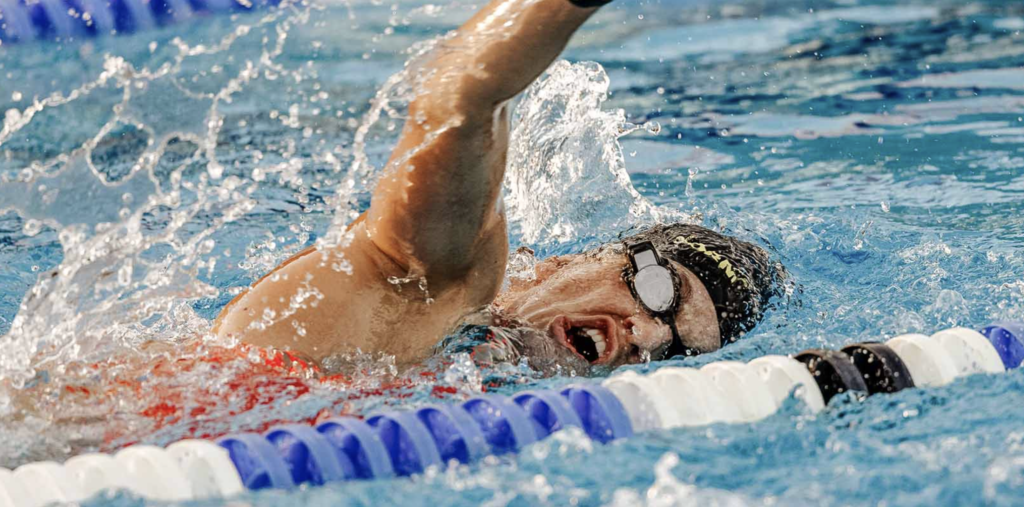
Control The Controllables
Earlier this year Condor Performance turned 18 years old 🥳 .
As you might imagine there is not too much in common between the organisation we were in 2005 and the one we are now in 2023. But there are a few concepts that have stood the test of time.
One of these is the concept of control or influence as a pivotal aspect of our sport psychology consulting philosophy.
I was first made aware of this idea when I attended a professional development workshop entitled “Are You A Control Freak?”. I can’t recall the name of the presenter but I do remember the phrase ‘control the controllables’ being used a lot. More than enough for it is leave an impression and motivate me to find out more.
The premise was very simple, logical and appealing. There are a whole bunch of things that we encounter in our everyday lives which we don’t have much control over. Our interpretation of these “uncontrollables” plays a huge part in how our day goes most of the time. And of how our training or performance turns out as well.
Classic Examples
Let’s take the weather as a classic example.
We have absolutely zero ability to reduce the wind speed at any given time. But for a whole bunch of pursuits variation in wind speed will play a huge role in the outcomes and enjoyment of these activities. Golfers, for example, of all abilities score worse when playing in very windy conditions. Sailers, on the flip side, all underperform when the wind blows less.
When I first came across this theory almost 20 years ago it was very black and white. Basically, stuff could be broken down into one or two lists. The first list is everything that you can control. And obviously, the second list is everything that you can’t. It was a key part of my consulting weaponry between 2005 and 2010 … to get all of my clients to create exactly these two lists.
I would try to let these athletes and coaches populate these lists for themselves, but obviously part of the coaching process is to steer them towards “better”. “Do you really think you can control your results?”. Typically the uncontrollable list would contain items such as these:
- Surroundings
- Opponents
- The Past
- Weather
- Results
And in the controllables list would be stuff like:
- Myself
- My Thoughts
- My Teammates
- My Effort
- The Present Moment
- My Feelings
- My Actions
But There Was A Better Way
It took me a while to realise this black-and-white framework was not ideal. In other words, I was quickly able to see that there was a lot of stuff that was neither controllable nor uncontrollable. In fact, virtually everything was somewhere in between these two extremes.
For example, sporting results as one of the biggest distractors. Outcomes by their very definition are not controllable. But some are obviously more than others. In basketball, a player clearly has more influence over their own points tally compared with that of their teammates. The same applies to other people. Team-sport athletes clearly have more control over their own teammates than they do over the members of the opposition. “Hey Sue, try dropping back a few meters”.
So it was around 2010 from memory I moved to a spectrum of control. Anyone who attended any of my workshops from around this time would surely have been introduced to A Mental Dumbbell. The dumbbell was an analogy with absolutely no control on the left and maximum control on the right with the bar between the two sets of weights representing the variances between these two extremes.
I Always Struggled With The Word Control
The word control in the English language kind of implies a yes or a no. So, as a psychologist who believes in the power of words ‘control’ felt like it was still very black and white. Yes, you can say you have some control over something, but why use this word when there is a far better word for this? Do you want to guess before you scroll down?

That’s right, it’s influence.
So the dumbbell was updated. The far left became ‘no influence’. The extreme right became ‘maximum influence’. And between is all the shades of grey needed. Some influence, lots, a little and so on. So when I hear (or read) Control The Controllables I hear (or see) Influence the Influenceables. Watch the video for a much greater explanation of how to “control the controllables”.
What Influence the Influenceables is really trying to do is to emphasise that various different factors are much more beneficial to obsess about than others. And crucially a lot of these are typically not as naturally exciting as a lot of the stuff that is better off being noticed as opposed to forced.
How Influenceable Are Thoughts?
It is impossible not to form some heavy opinions about where key psychological concepts should fall on the spectrum when this is a central aspect of your working life. In particular, thoughts, feelings and actions. Still, to this day there are a significant number of psychologists who suggest that humans have a lot of influence on all three of these. And in changing one you are likely to change the other two as well.
But that is just not true.
Acknowledging slight variations in the person, and the type of thought/emotion/action I firmly believe that this should be embedded in the value system of all performers. Your actions – especially the ones that have been well rehearsed – are highly influenceable. If you prefer the word control then they are highly controllable. When looking to ‘Control The Controllables’ basically it’s mostly these highly reliable motor skills. Thoughts are halfway down the spectrum. We have some influence but far less than our actions. And then feelings/emotions are very close to the left. We have a small amount of influence over them. Not nothing at all but typically less than many people believe.
Think about this for a second. Listen to your favourite song, and you might be influencing your mood for a few seconds, you might feel more joy. But try to feel joy for an entire day and you will fail every single time.
This Spectrum of influence, I find is a far better way to explain why at Condor Performance we are such advocates of psychological flexibility. Psychological flexibility is better understood as accepting thoughts and feelings whilst committing to our actions.
Recently, I put the below comment up on social media and it attracted quite a lot of controversy.
There is no such thing as an unhelpful thought or feeling. They just don’t exist. It is only actions (behaviours) that can/should be considered as either helpful or unhelpful. Nobody ever went to jail because they had some unhelpful thoughts and feelings. It is what they DID they put them in the slammer. Nobody ever won anything due to having helpful thoughts and feelings. It’s what they DID that got them the award/trophy/medal/certificate etc. Try to just DO BETTER whilst at the same time thinking and feeling whatever you just happen to be thinking and feeling at the time. 😎 #psychologicalflexibility
If you are reading this then use the comments section below to let me know what you think about this. Be honest, if you believe it’s wrong then say that but try and justify why you disagree with it. It was astounding to me how many people on social media threw their toys out of the cot when they saw this. But when I pushed them to explain themselves virtually all of them went quiet very quickly.
Working With Coaches
One of the most enjoyable aspects of my consulting in 2023 is working with a new wave of young sporting coaches from around the world. Most of them have realised that it is becoming increasingly difficult to be both a successful athlete in a particular sport and then go on to be a world-class coach.
All of these young coaches recognise the huge importance of sport psychology from a coaching perspective. And most of them don’t want to stop actually coaching in order to get a sport psychology qualification.
So the smart ones are baking their cake and eating it. What does that mean? These coaches continue to coach whilst becoming more mentally astute “whilst on the job” by working with an already qualified sport/performance psychologist like myself and my colleagues at Condor Performance.
In the work that I do with my coaches teaching them to Control The Controllables / Influence the Influenceables is a big part of the work. And making sure they can use this concept directly with their athletes. Coaching is stressful, especially at the pointy end so a chunk of consulting with coaches is also about helping them maintain good mental health.
As these coaches are genuine experts in their sports it is exciting to see how they take a number of different mental processes (like the dumbbell) and adapt them for their particular performance area.
If you are a sporting coach and you’d like some details about how to have a world-class sport/performance psychologist in your corner then get in touch today.

